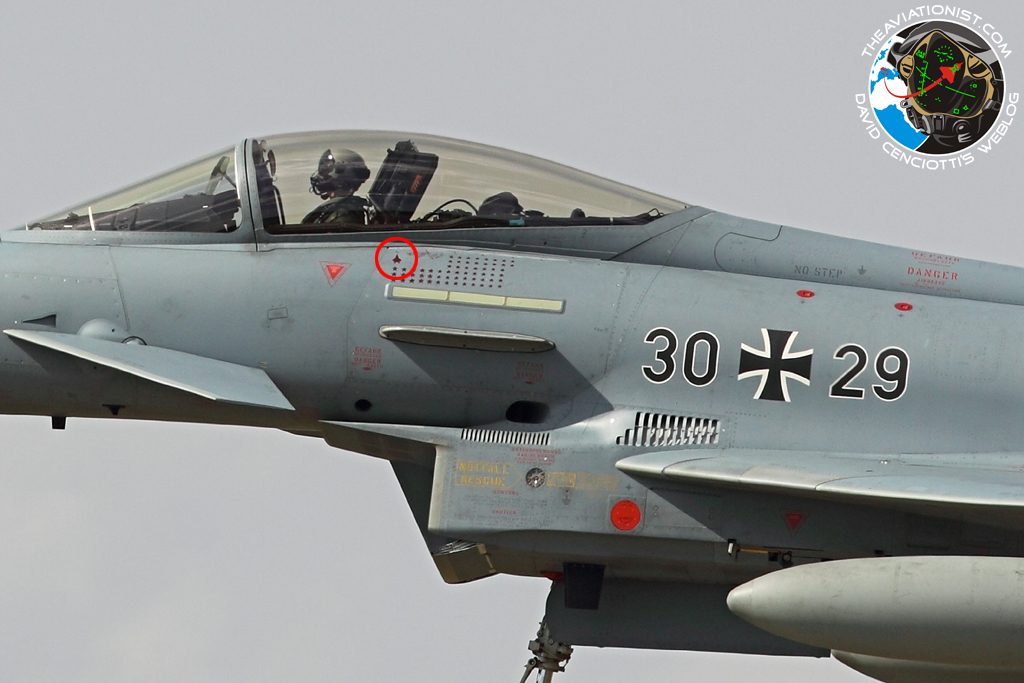Delta Assault
Member
Inferior in what precise way? The guided bombs/missiles the drone shoots are some how not as good as when a pilot hits the button or something?
Gaf told me thrust vectoring is pointless in combat.
Drones we have now are good for slowly flying over a battleground and launching Hellfires at mud huts. That's cool and all, but that is nowhere close to what we need for an air superiority fighter. And no, you can't just mount AMRAAMs onto those drones, because the lack of speed affects weapons performance. If you'd ever played a late 90s PC flight sim like Falcon 4.0 or F-22 ADF, you'd know that the faster the launch platform's speed, the longer the range of the missile that it fires. Firing from a high altitude and velocity as opposed to a low one can in many cases double the range of a missile. This is pretty advantageous in aerial combat.
So the basic drones we have now are jokes for air superiority. If you want to go out and design a dedicated air superiority drone, with all new state of the art systems for drone control, trying to minimize control latency to where it's not an issue in air combat maneuvers, and also figuring out how to defeat heavy enemy jamming in the theater of operation, well... at that point you're gonna be spending just as much money as the F-35, or probably more.
And no, thrust vectoring isn't pointless in combat. It's just a trade-off, as are most things in life. You're gaining a momentary boost to turn rate, while bleeding off a lot of energy. This leaves you in a vulnerable position against high energy dogfighters like the Typhoon if you don't manage to fire and kill with that initial nose-to-target boost.




